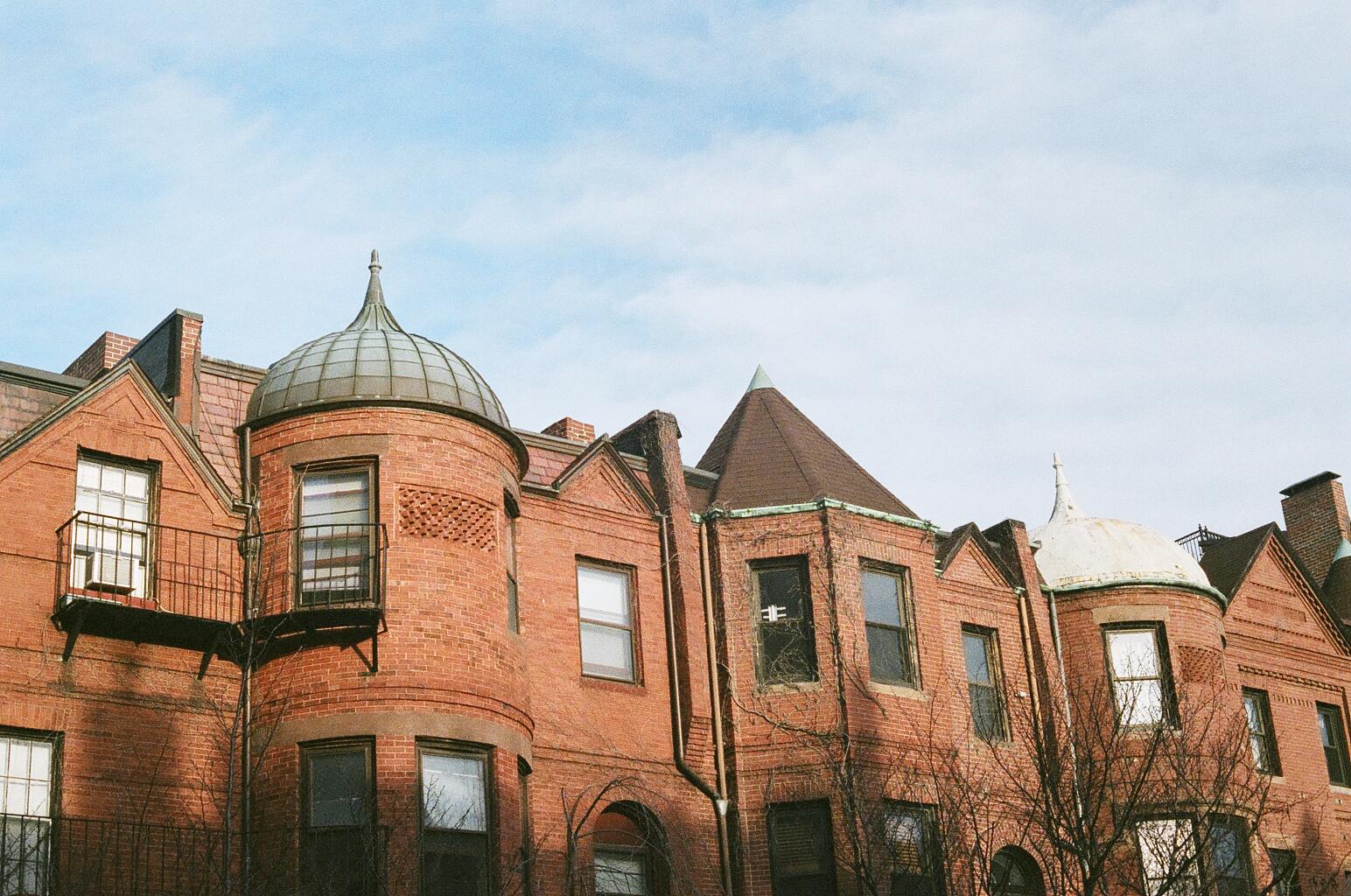The costs of building new housing in the Boston area have gotten so high that the city is at risk of a “permanent housing deficit,” says a new report from researchers at Northeastern University.
“This year’s report emphasizes that we are in or near a period of crisis over the cost and availability of housing in our region,” said Paul S. Grogan, President and CEO of The Boston Foundation. The report was written by Barry Bluestone and his team at Northeastern’s Center for Urban and Regional Policy and supported by the Foundation.
The high cost of development projects stems from expensive construction costs and pricey land, according to the Greater Boston Housing Report Card 2015.
Boston’s strong economy is also driving the deficit. The area’s unemployment rate is now below 5 percent, bringing new workers and their families into the city to compete for the limited number of apartments.
Millennials are increasingly choosing to live in smaller urban units, as are baby boomers who no longer have kids at home. They’re also competing for the limited number of units. Because of the high costs of building these units, they’re not being built in great enough numbers to keep up.
“The region is on a collision course with shifting demographic tectonics that will continue at least until 2030,” the report said.
Bluestone said that the best way to create more affordable housing is to build more multifamily housing.
Bluestone has been researching housing in Boston and preparing the Greater Boston Housing Report Card since 2002. The first report led to the creation of the Commonwealth Housing Task Force and the passing of legislation that created thousands of affordable units.
But the City of Boston has little space for large housing developments. Buying land in areas that are desirable to work or live is very expensive, which drives the price of the units up.
Outside of the city, strict zoning laws prevent developers from building the multifamily structures that might relieve the housing crunch.
It’s not too late to reverse the trend, though. Bluestone and his team are calling for bigger housing projects, which are cheaper to build per square foot than a single-family house.
In addition, suburban areas have to reform their zoning laws, to allow the kind of housing that’s currently in demand. The suburbs, the report says, has too many of the single-family homes that were in demand a generation ago.
Bluestone’s team also urged for communities, nonprofits and businesses to get incentives to donate land for affordable housing.
Last month, Gov. Charlie Baker announced a plan to use Commonwealth-owned land to create more affordable housing opportunities. Over 40 properties were identified as possibilities for development.
“Only by taking aggressive action now to find innovative solutions to the high cost of housing development can Greater Boston bring supply into accord with demand and thereby slow the increase in housing costs,” said Bluestone. “Until then, housing will become more and more unaffordable for all but the wealthy.”
Photo: Logan Ingalls

Leave a Reply
You must be logged in to post a comment.